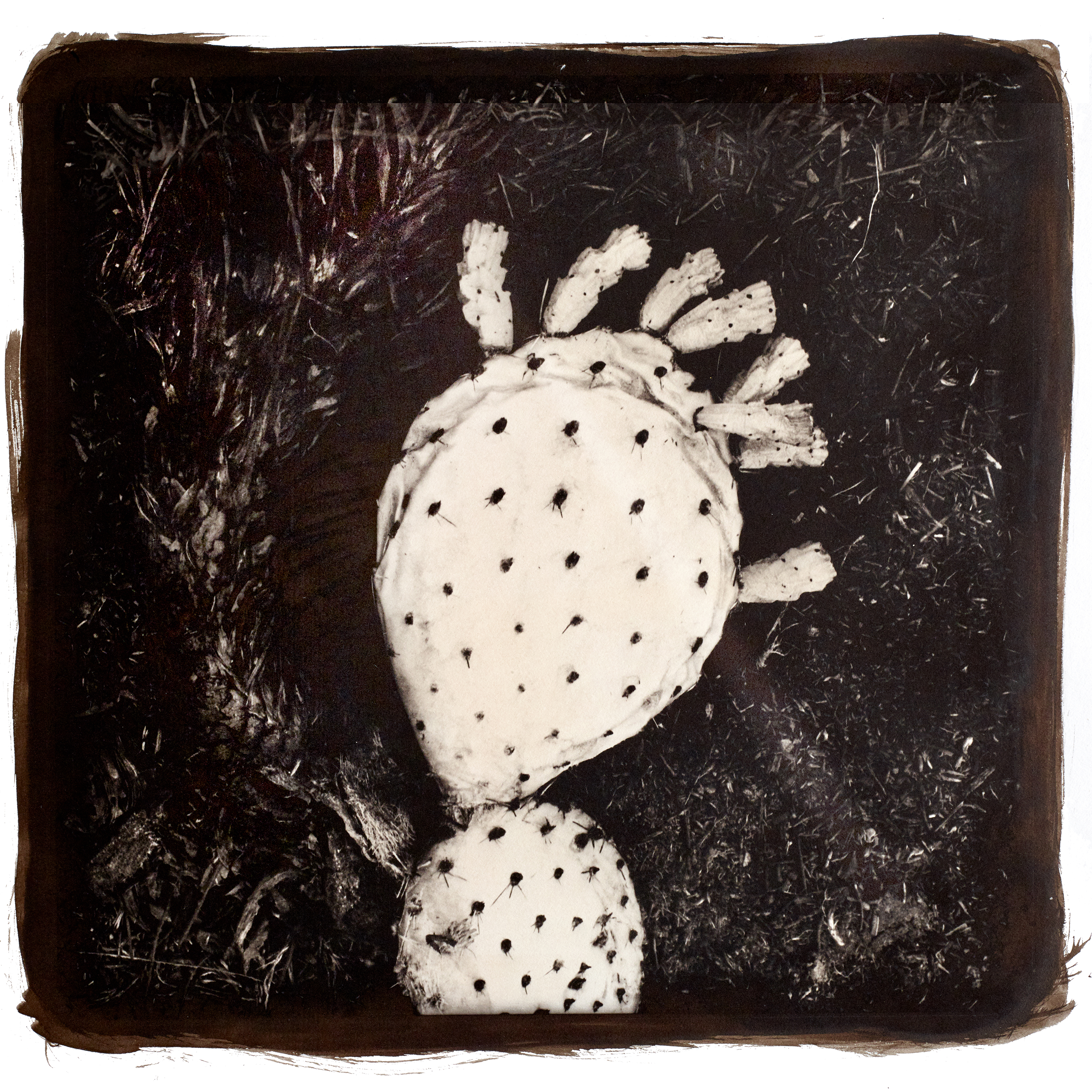Read Essay - On Photography by John Bonath, 1980
Photography began as a document in the second quarter of the 19th century and generally photographers throughout the 1800’s shared this objective. The unobtrusive grandeur of William Henry Jackson’s landscapes, taken nearly a century ago, comes down to us as the astonishment of a medium just beginning to test its potential. Many of today’s finest photographers document with a similar integrity and maximum fidelity to the subject. However, an increasing number of 20th century photographers create more consciously personal and cerebral documents, evincing an interest in narratives, magic theatre, photographic fictions, imaginative mirrors, and spiritual equivalents. Stage sets, mine, projected states of consciousness, fantasy, subject matter that is protean and multiform, all fall within their expression.
Today the photograph is being considered as a relative artifact of metaphoric concern. More than ever before, technological means and industrial techniques and materials are being incorporated into the creative process. There has been a free proliferation of media mixes in the New York art scene that have changed our thinking and making art. There has been a new exploration of aesthetic attitudes towards photography that has manifested itself in a wide diversity of approaches presently used by photographers today. The application of the photographic image in combination with or separated from its traditional reference point presents a searching question that does not challenge photography’s position, but reaffirms its significance. The contemporary theory that the photography stands for represents, or is equivalent, not of its subject matter (ie. photo-documents) but of the emotional state of the person who made it, ca be reflected in what Robert Heinechen has written concerning his own work:
“Those photographs are symbolic equivalents of experience. They are conceived not as a ‘picture’ of something, but as an object about something. They do not intend to reflect or translate reality, but attempt to create a intrinsic reality in the picture or object itself. In some of the work, the meaning may be beyond rational explanation or ambiguous.”
Fine art photography is completely personal expression and visual experimentation where the order lines between it and other media may be completely indefinable. (However, in conceptual art and happening art, the photographs are also a documentation of an event). For one photographer, it is the iconography that makes the work unique and yet another may use the photo as a point of departure. There are many approaches, many breaking the parochial bounds of the medium and stimulating the interaction of traditional media and contemporary sensibilities.
Such concepts as photography being primarily documentary are out-dated and restrictive if not false in light of the sophisticated direction of photographic activity today. The refusal of many people, even now, to admit that photography is a major art medium, capable of expressing profound insights and aesthetic pleasure has created formidable difficulties. A change in the notion of what is art In light of the change, photography has become not only a photographer’s concern but also a concern in the expression of other media as well (the foremost being printmaking concepts and processes).
Generally speaking, art uses images to communicate ideas. This process is used primarily as a vehicle for the image. Contemporary artists are exploring more than ever the potential of image making vehicles that cone from our contemporary society (plastics i n sculpture for one). The myriad of photo processes available to an artist at present yield themselves readily and are natural for contemporary sensibilities and contemporary statements in fine art imagery for all medias. Examples of media crossing boundaries and confusing traditional concepts about straight process show a plethora of contemporary artists searching for their meaning in the imagery They also show a lack of concern for process as a sacred right in itself. Through the reading of these images, experience is the final form of art.






